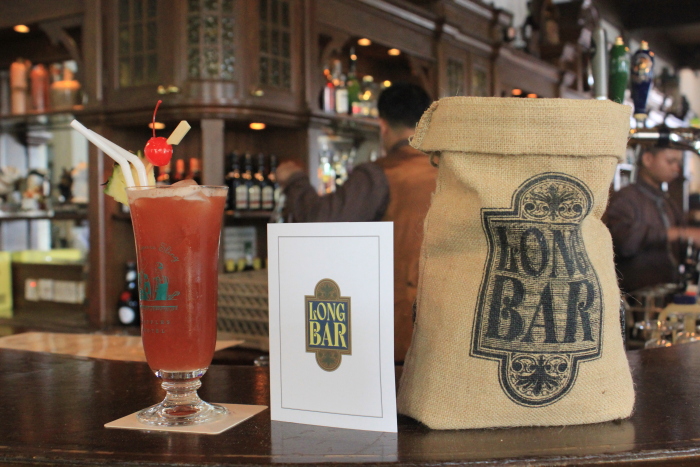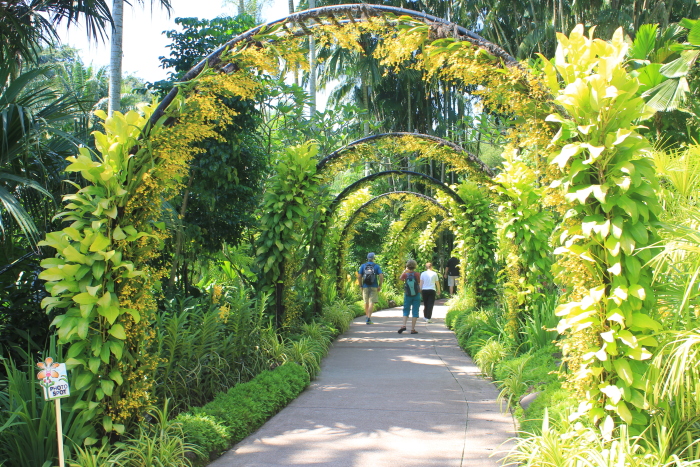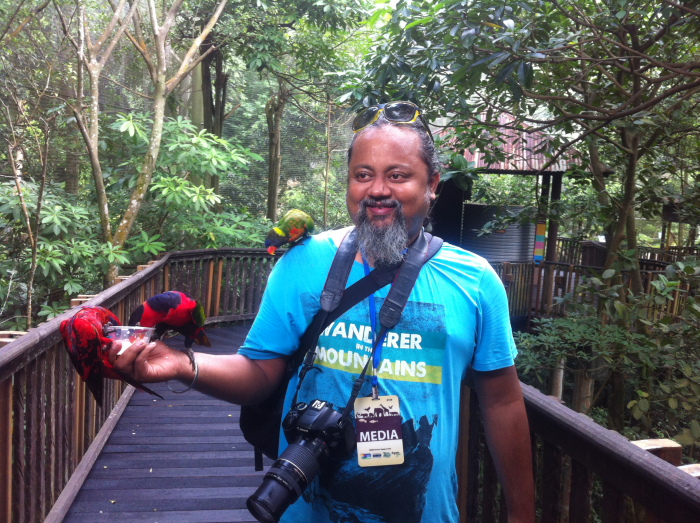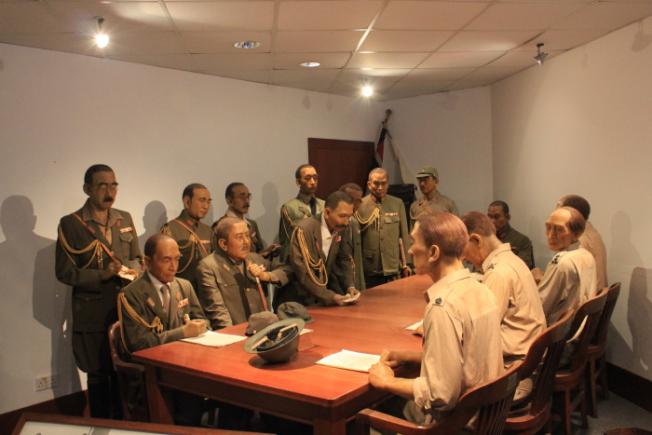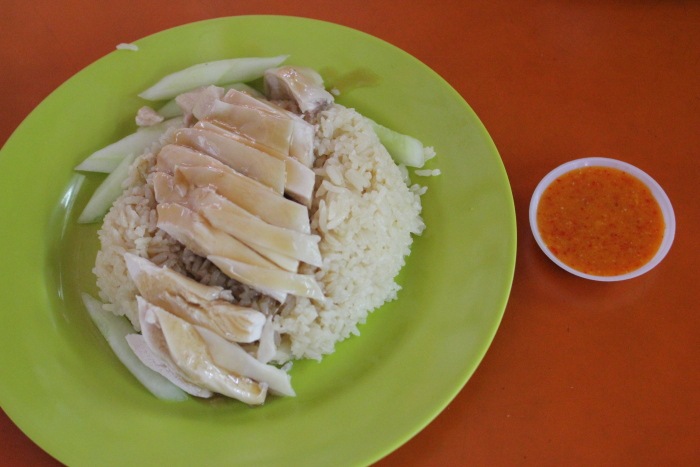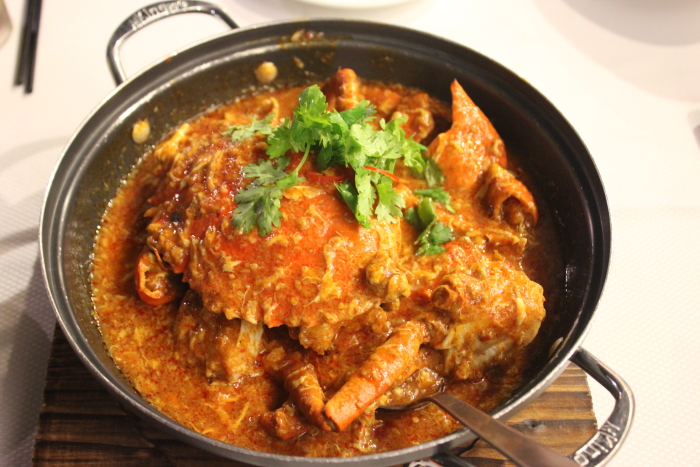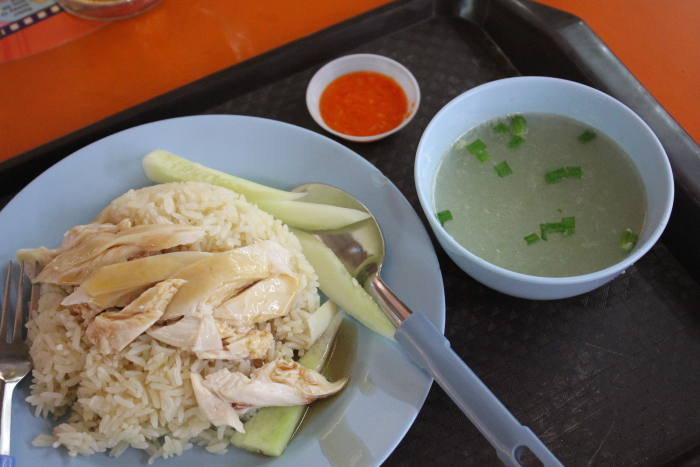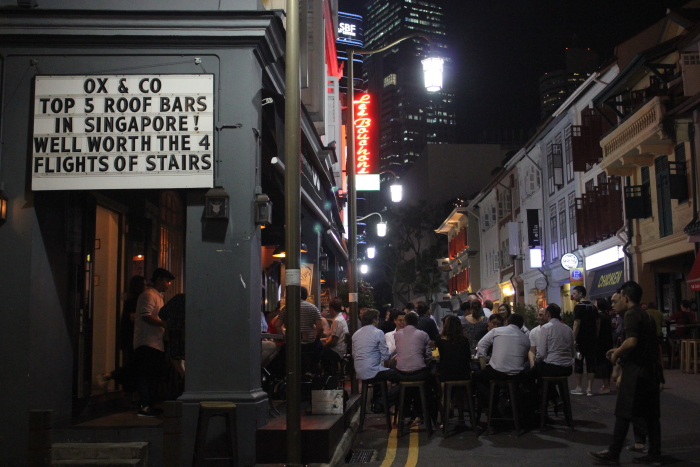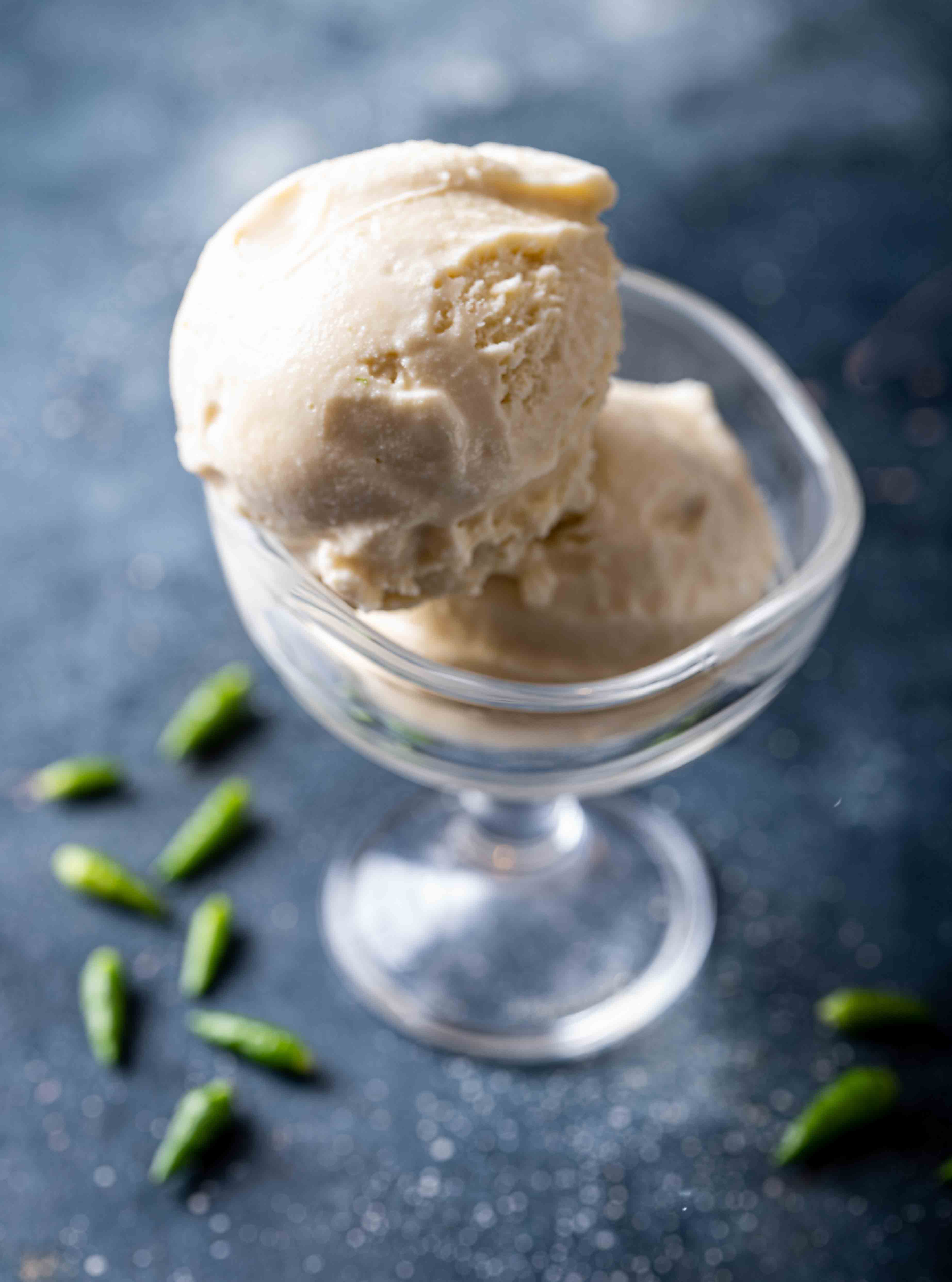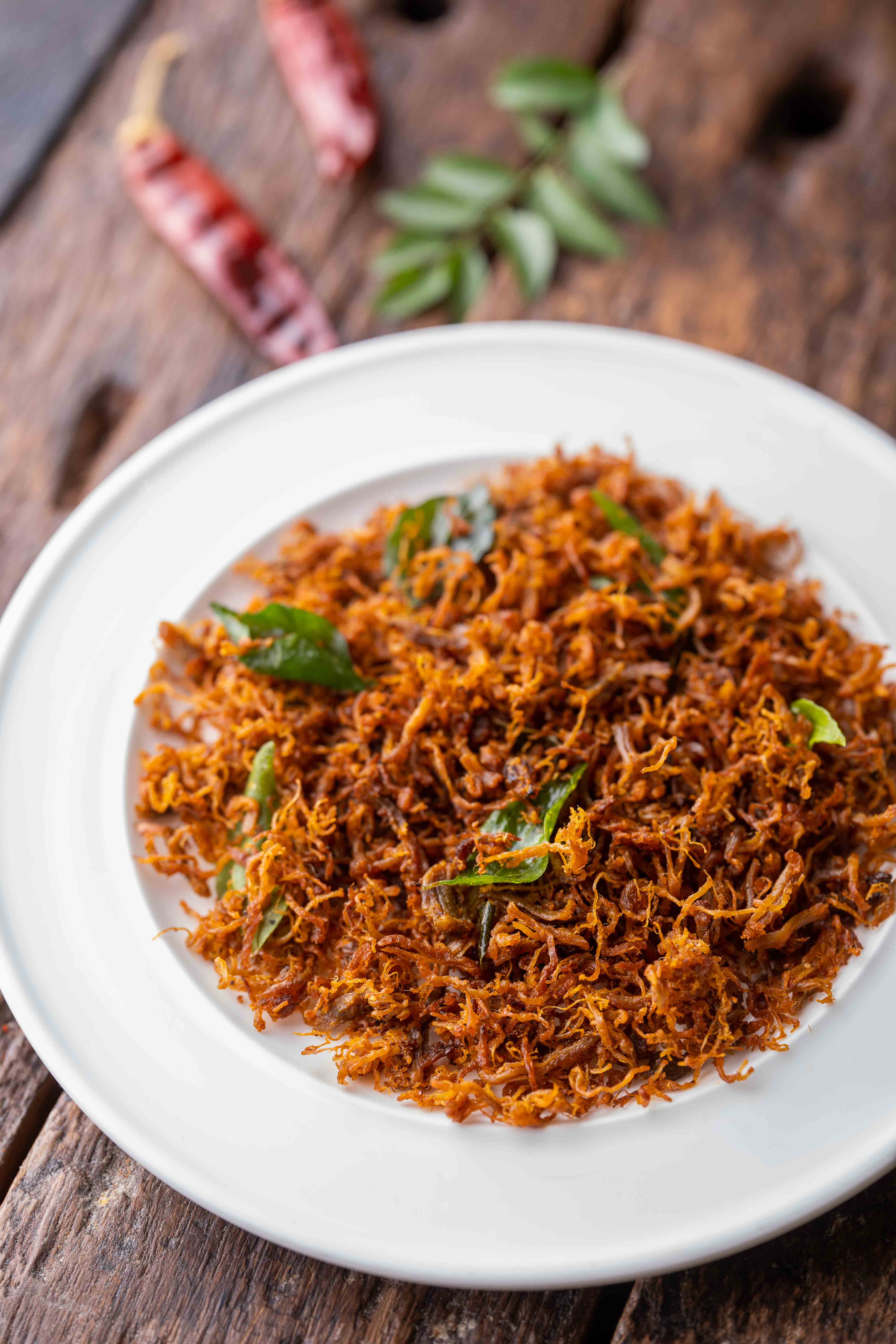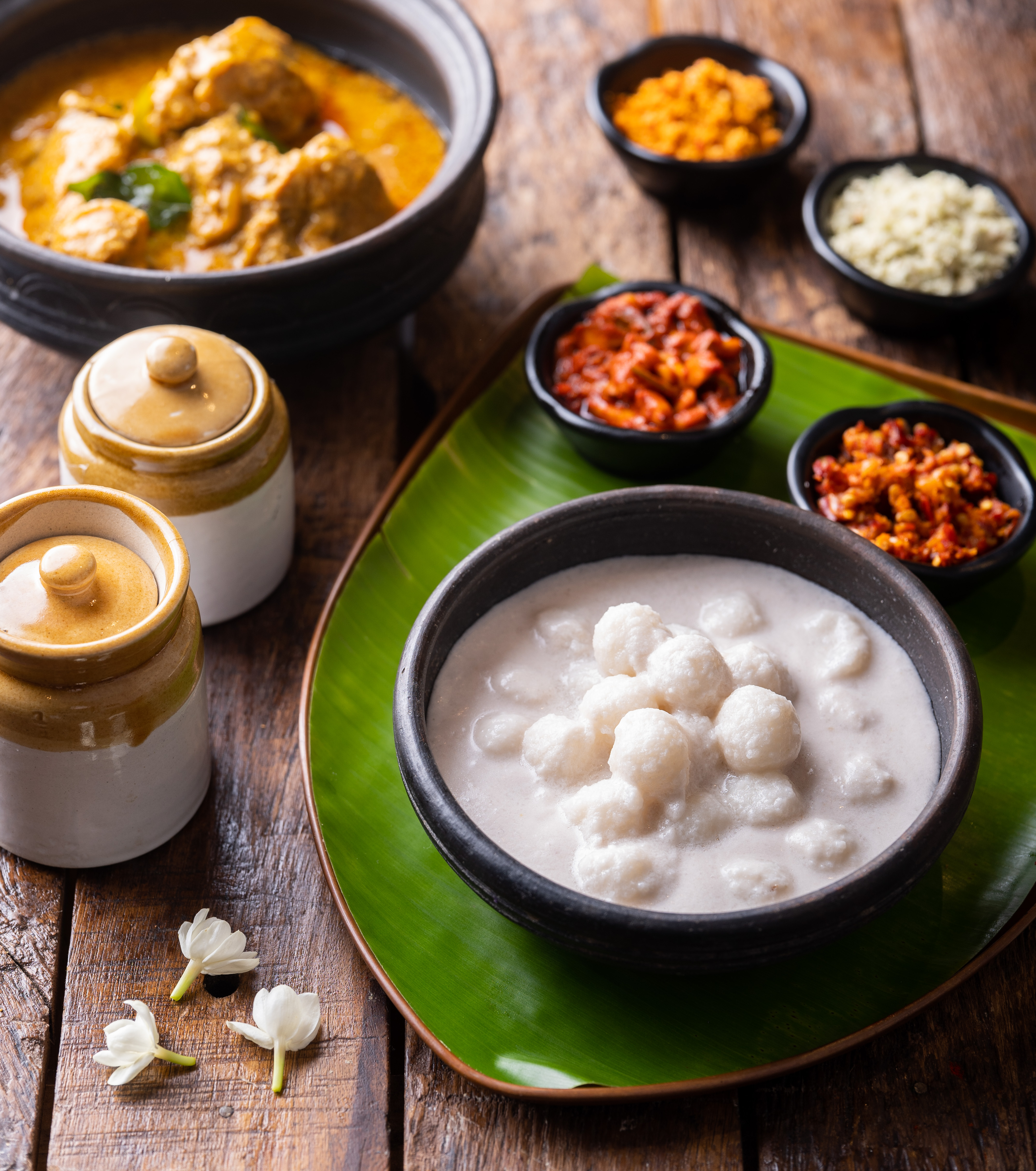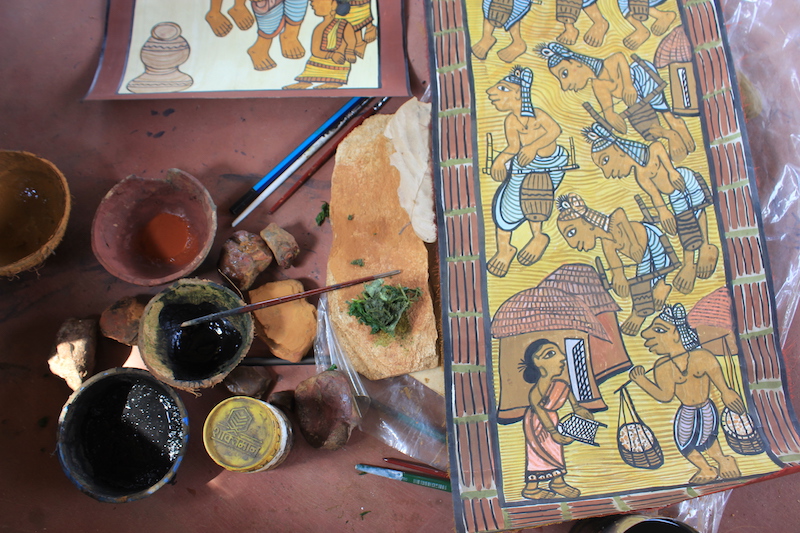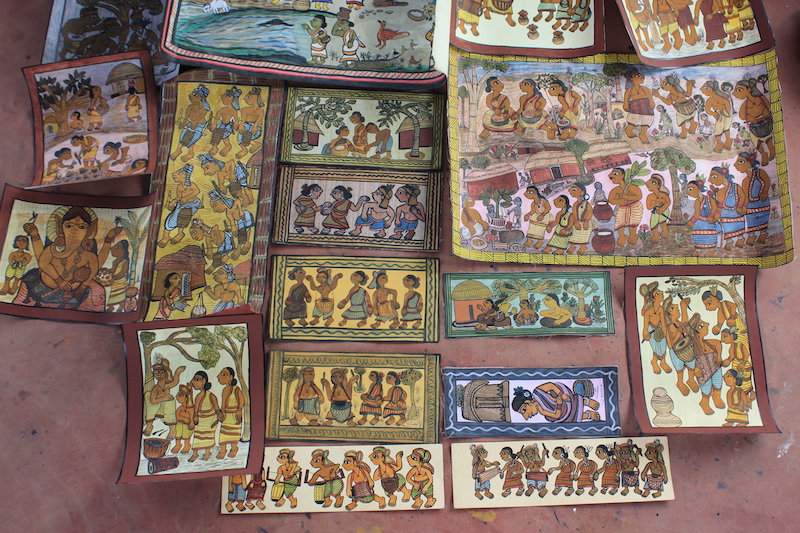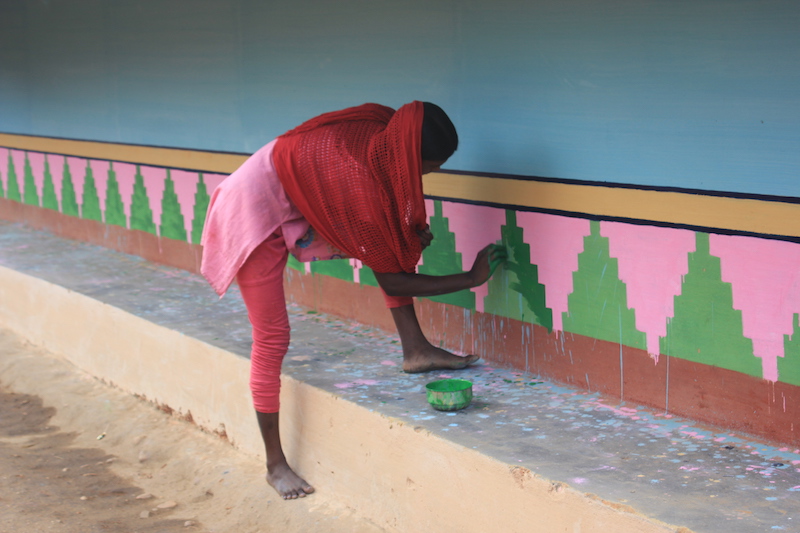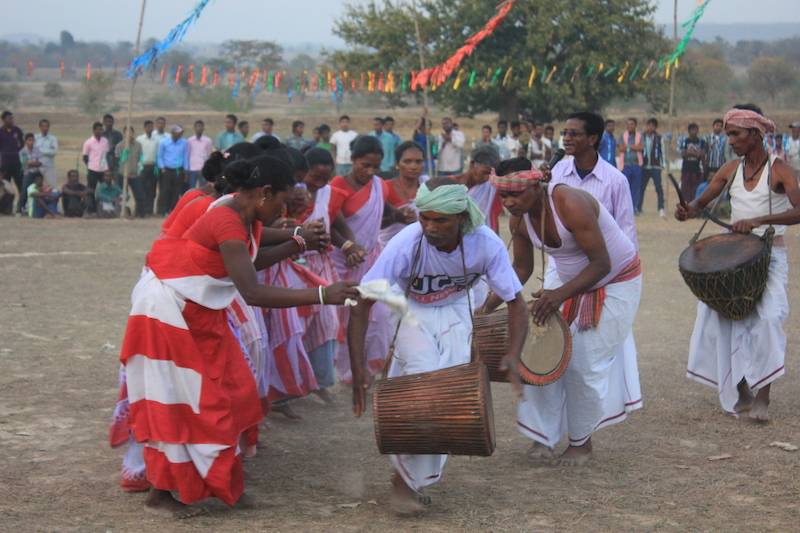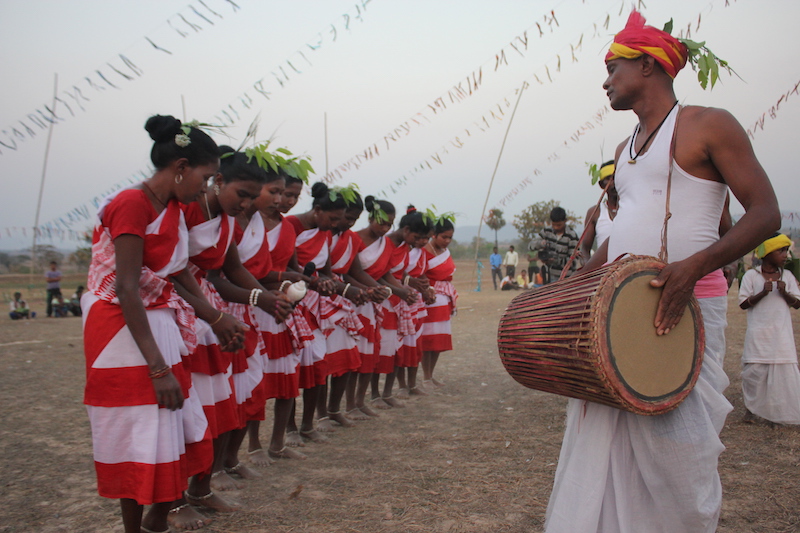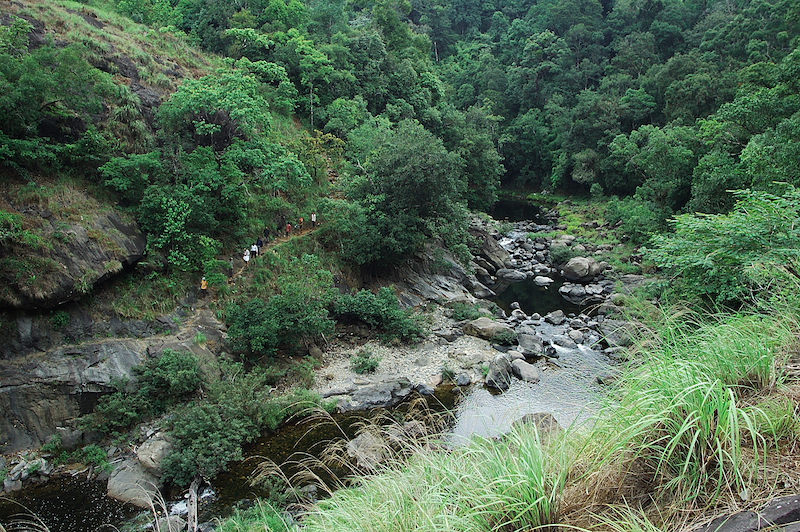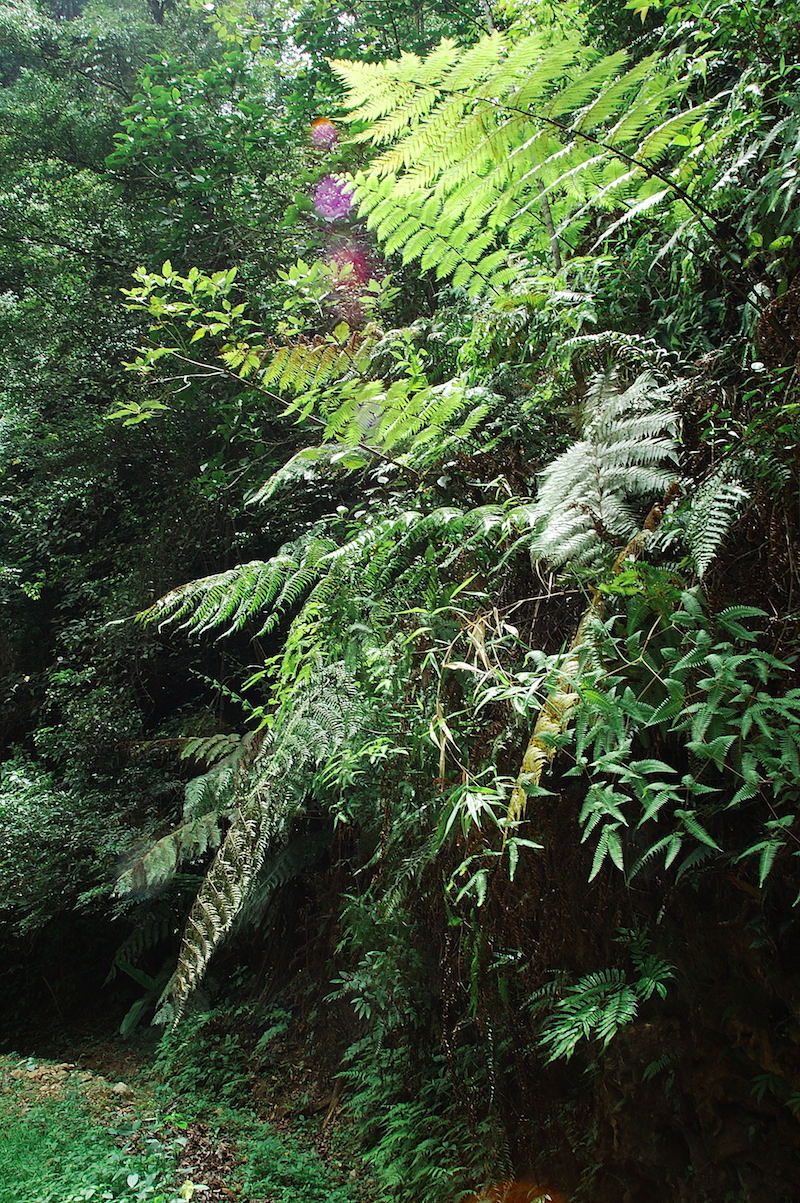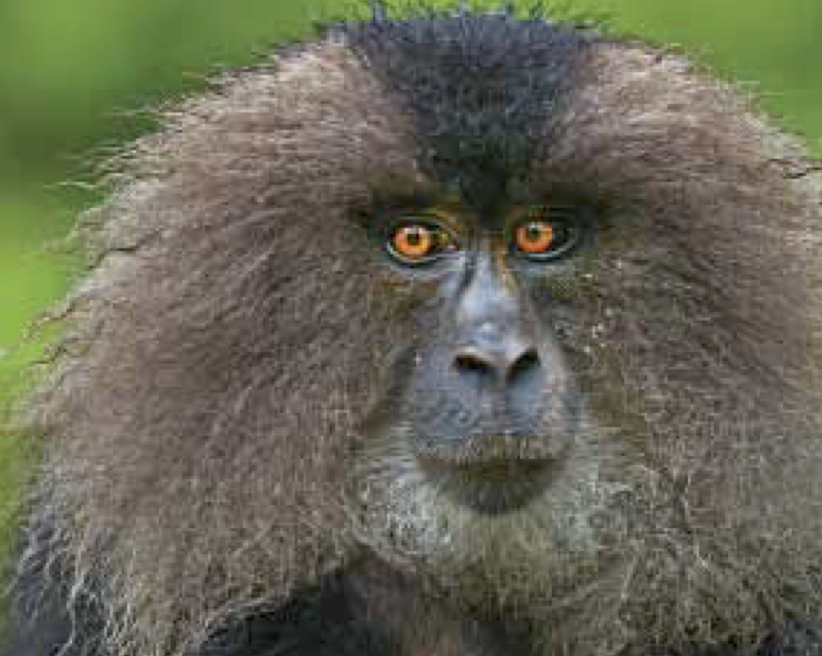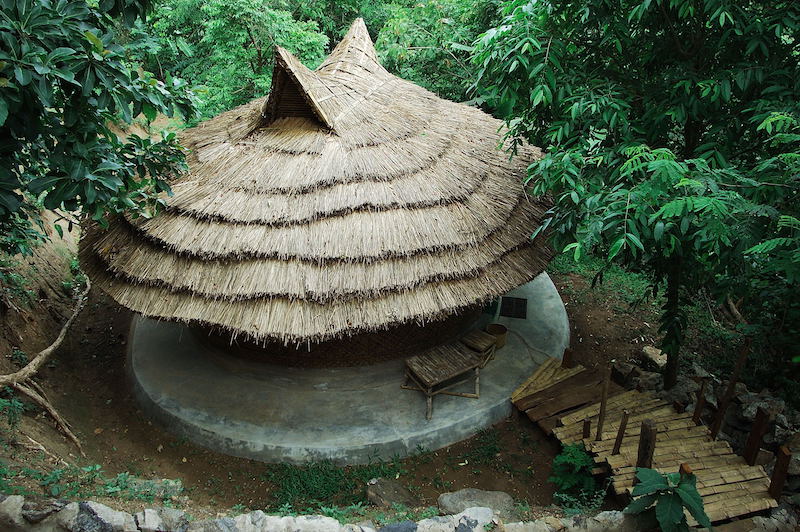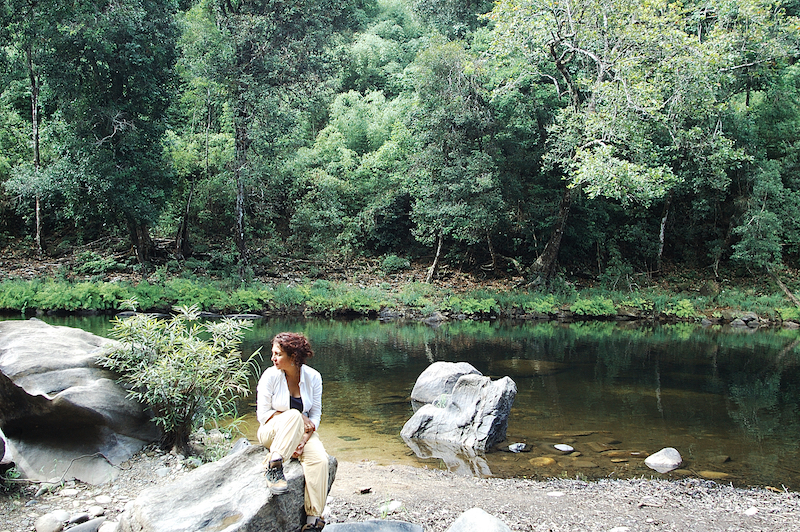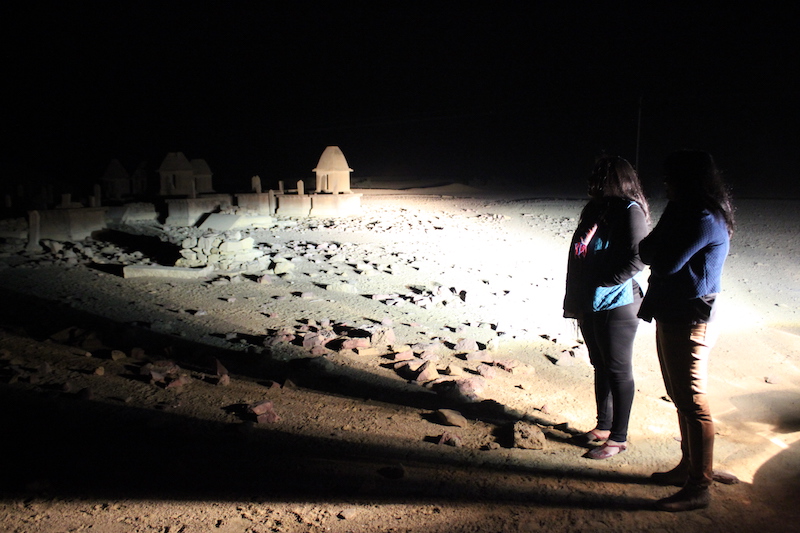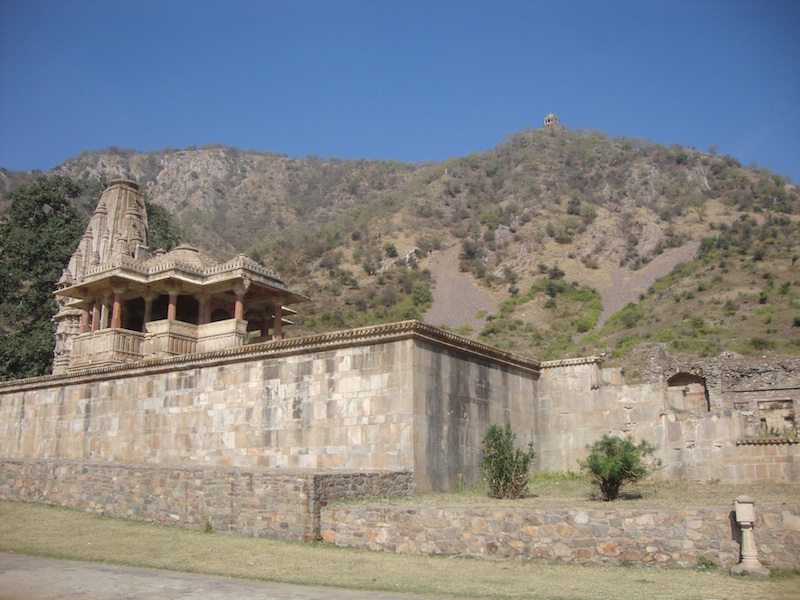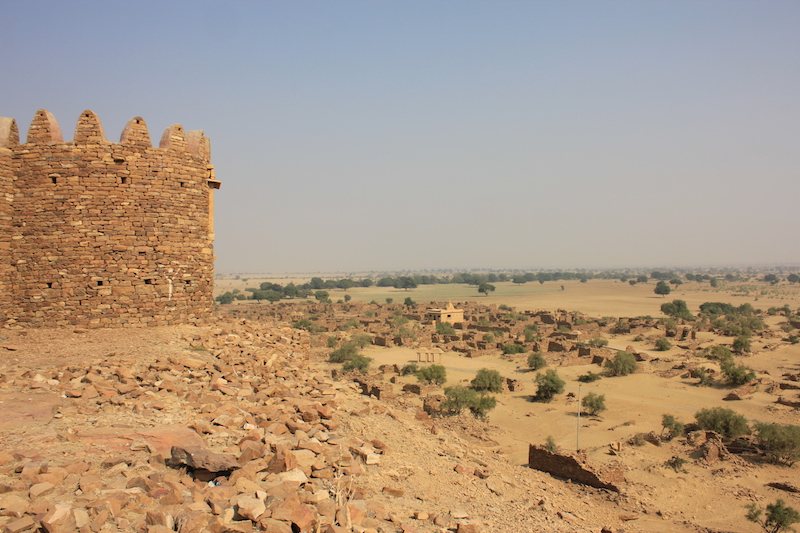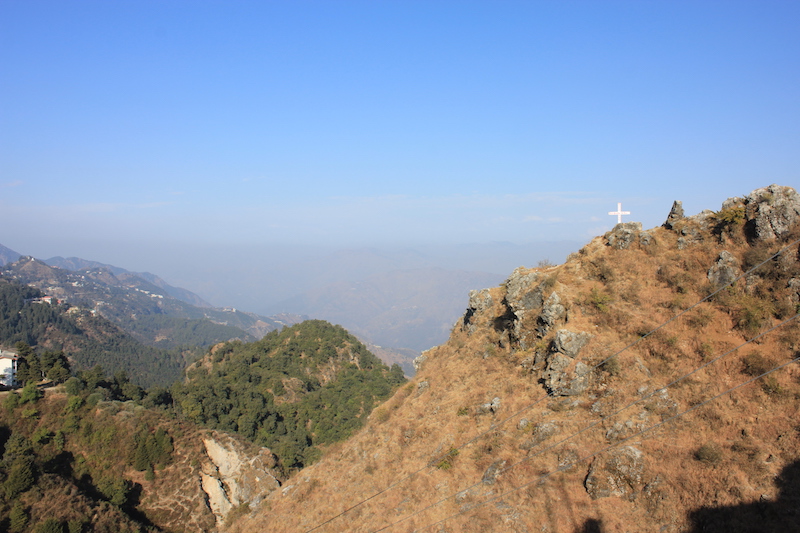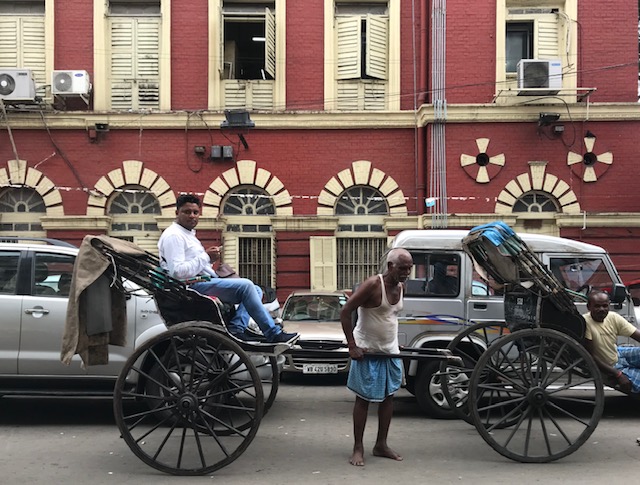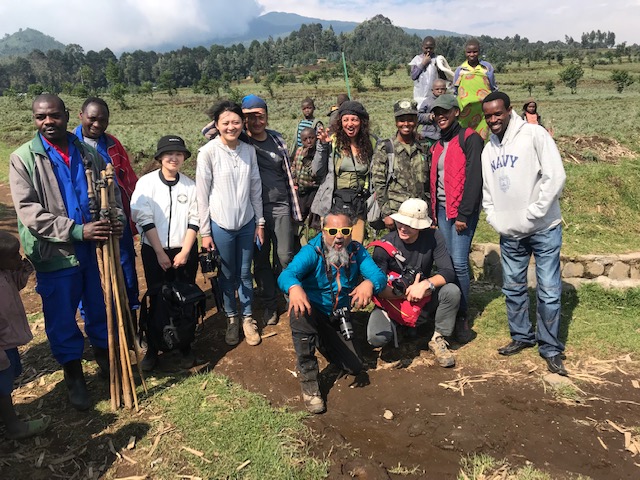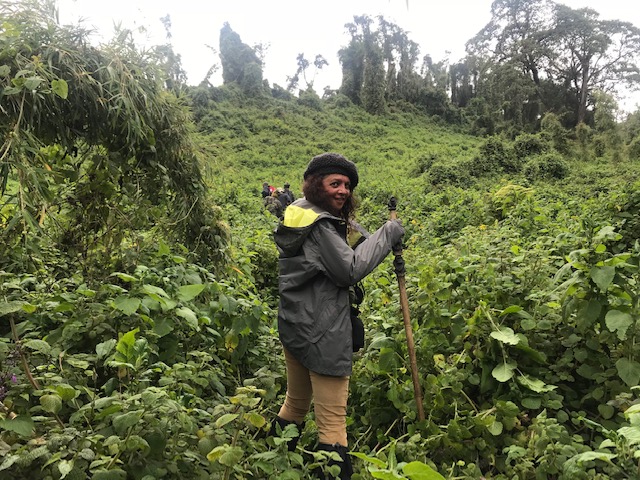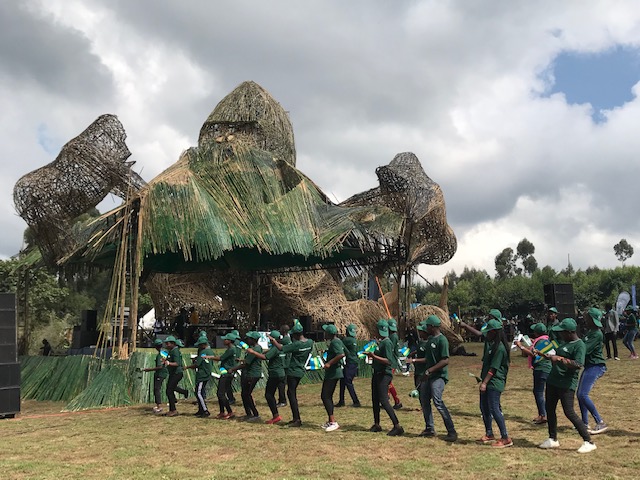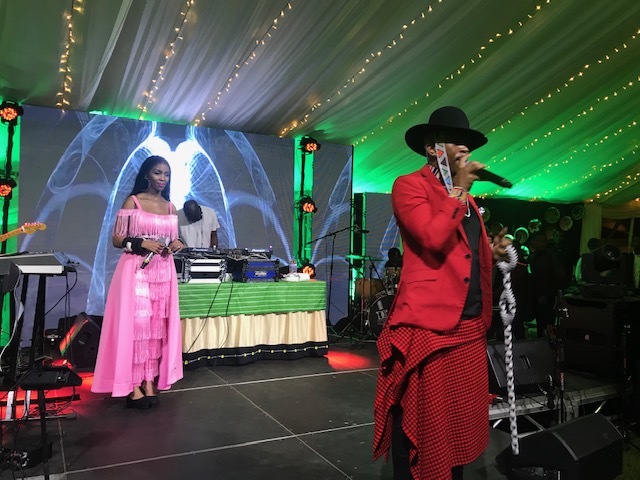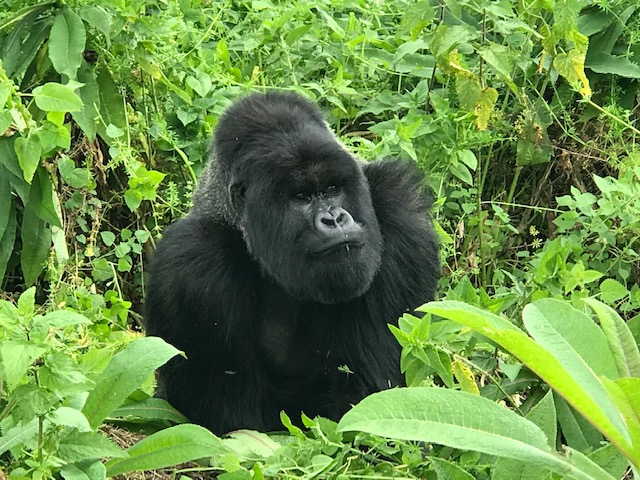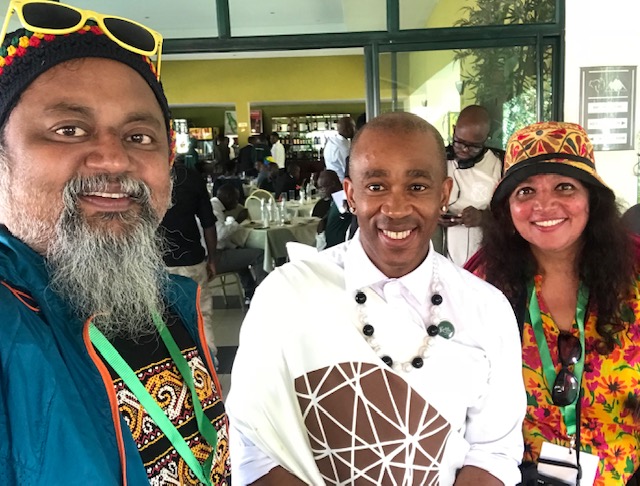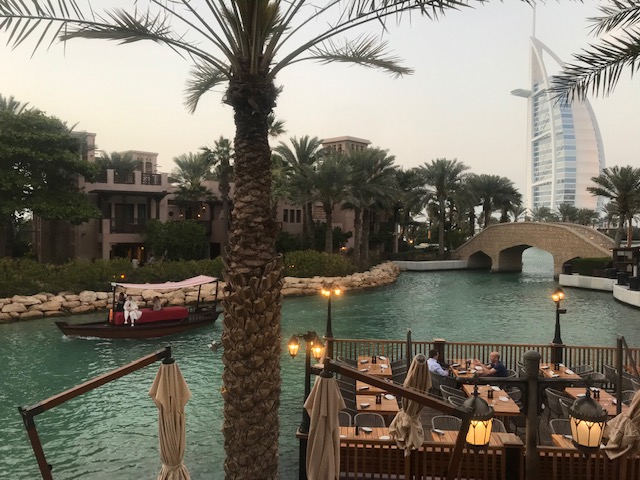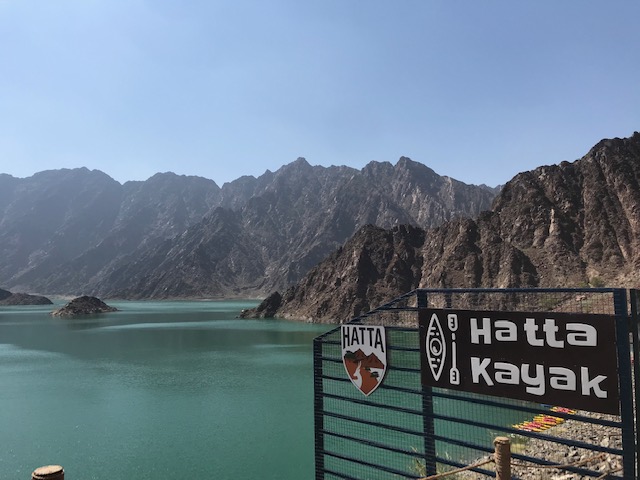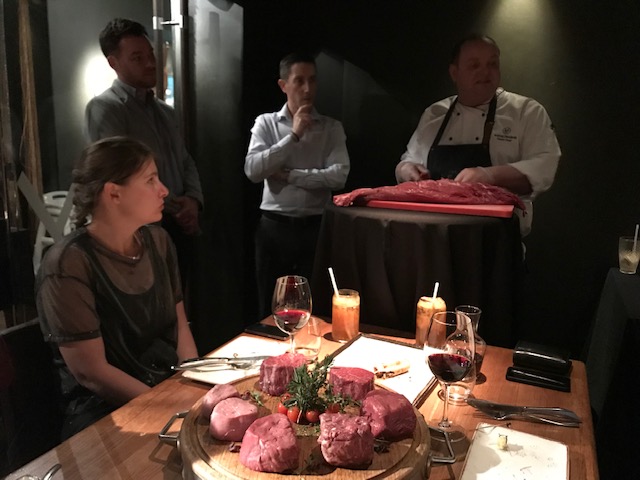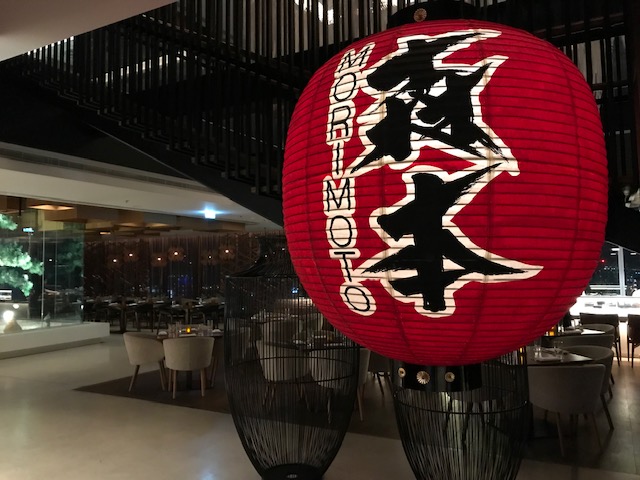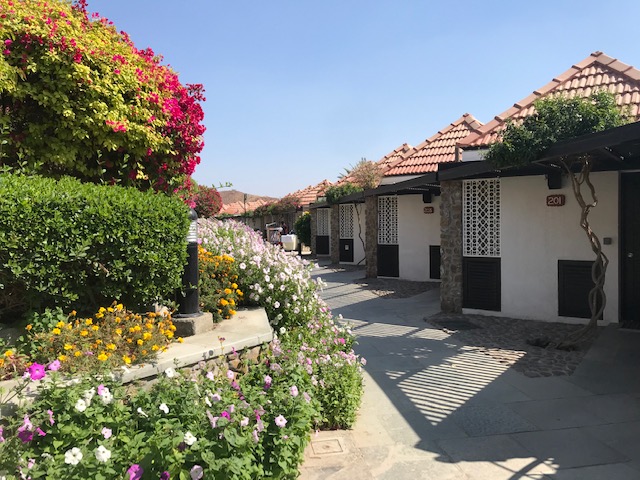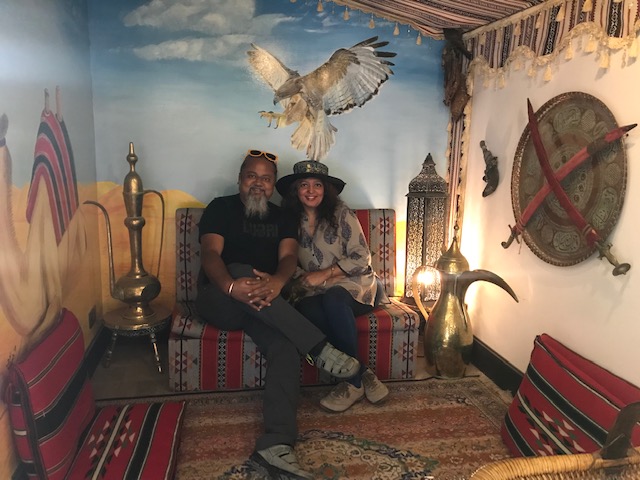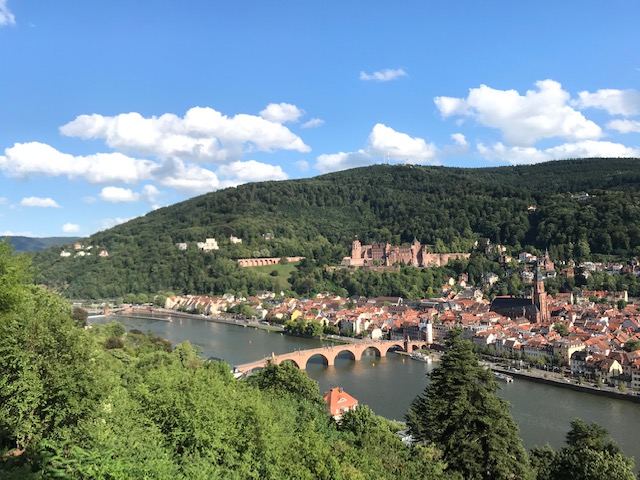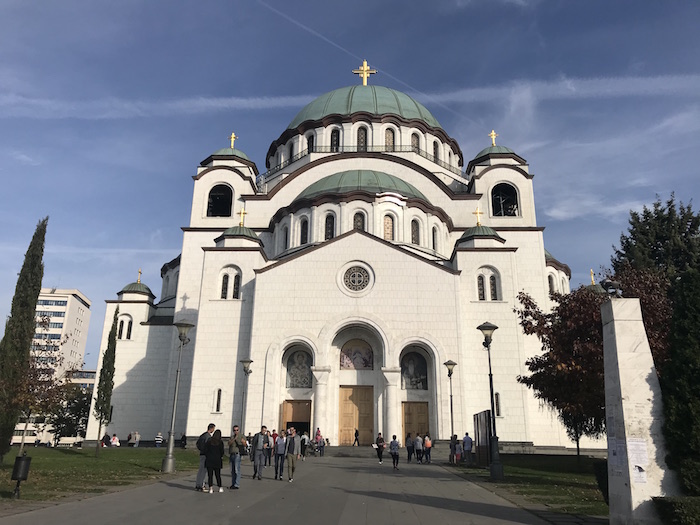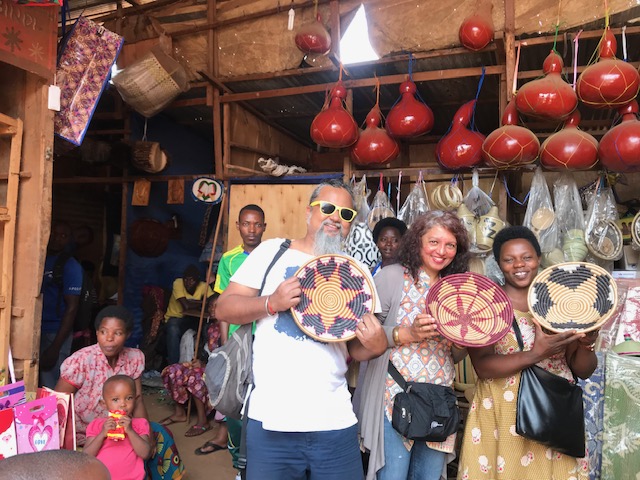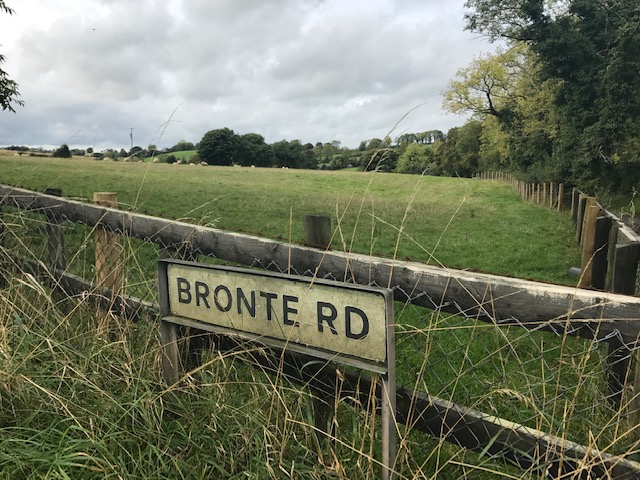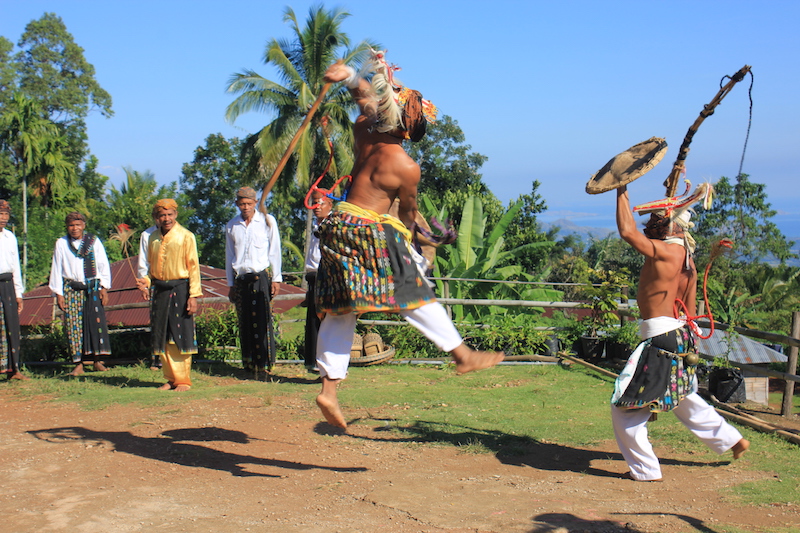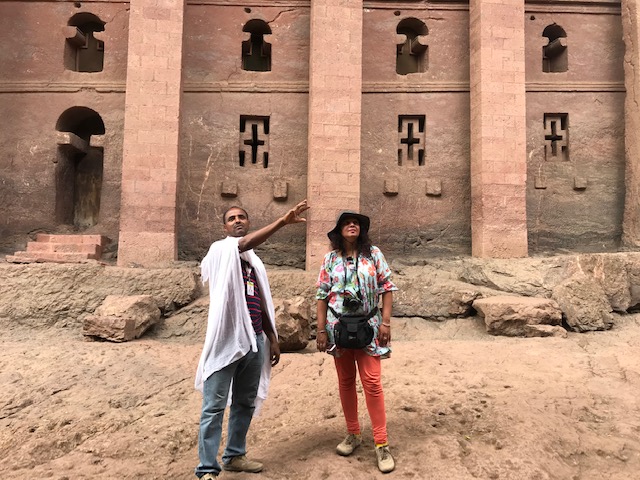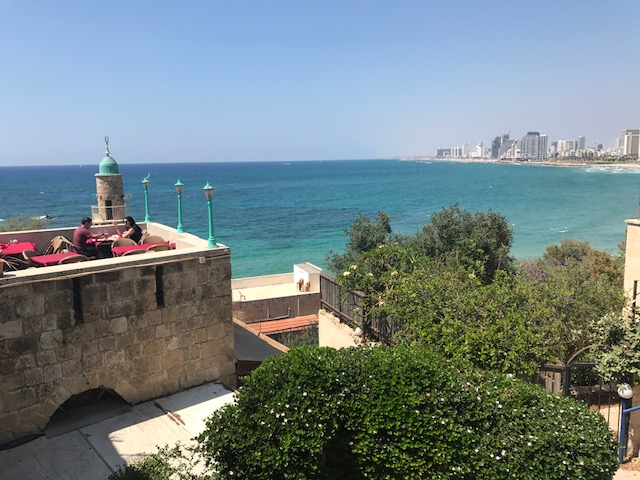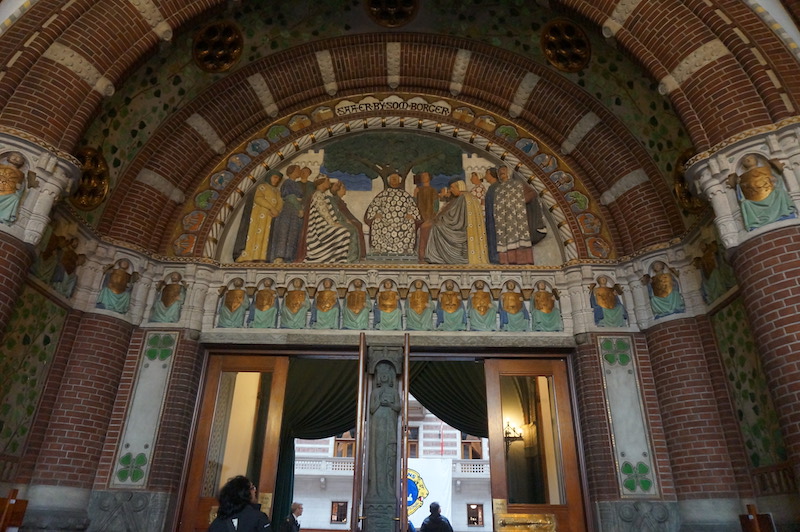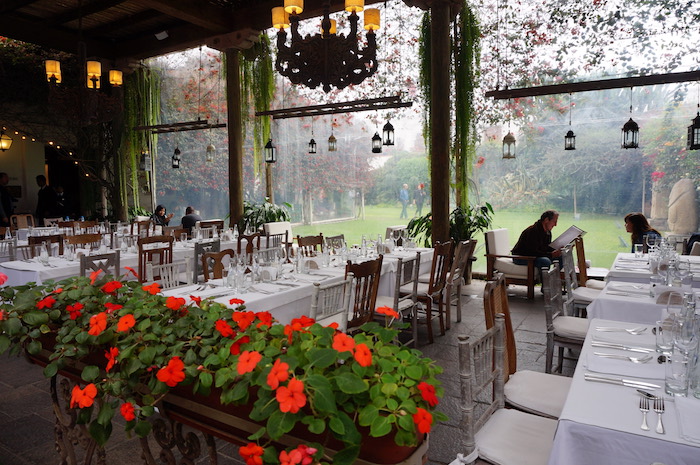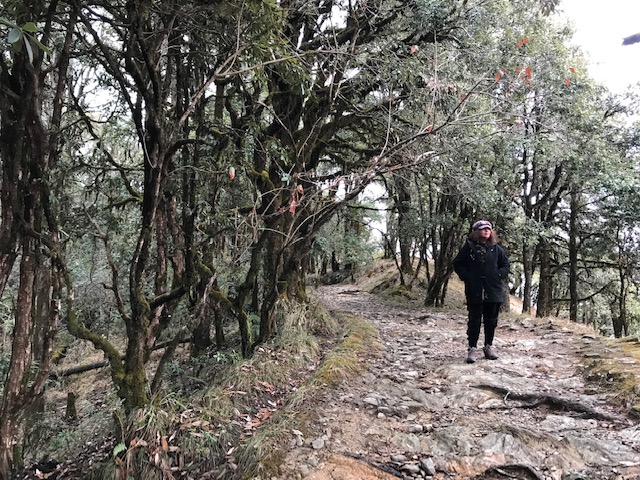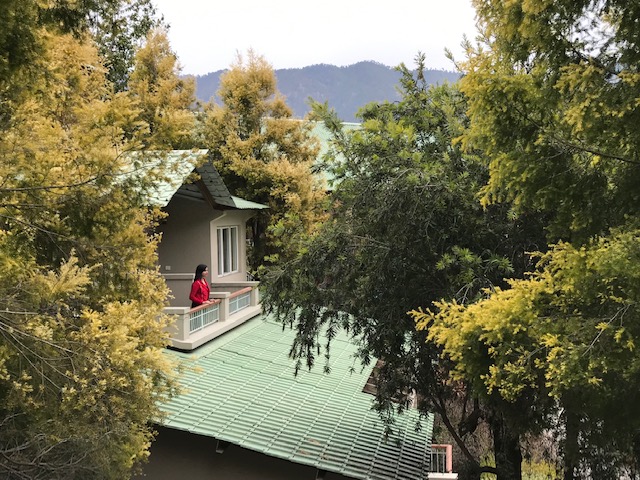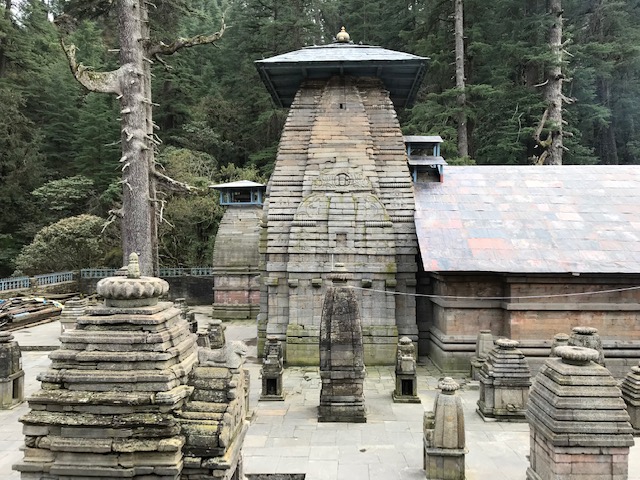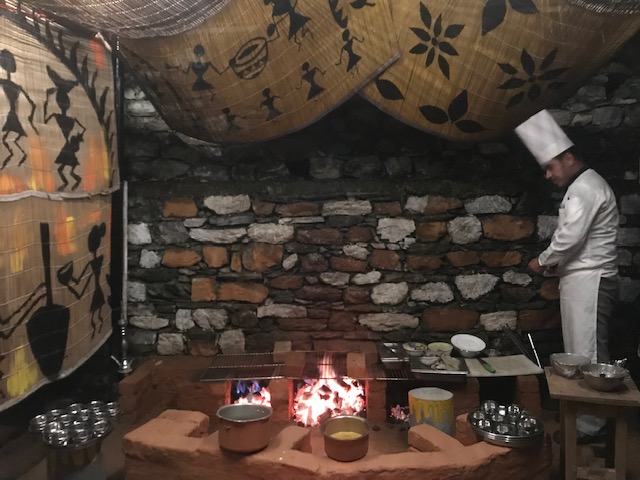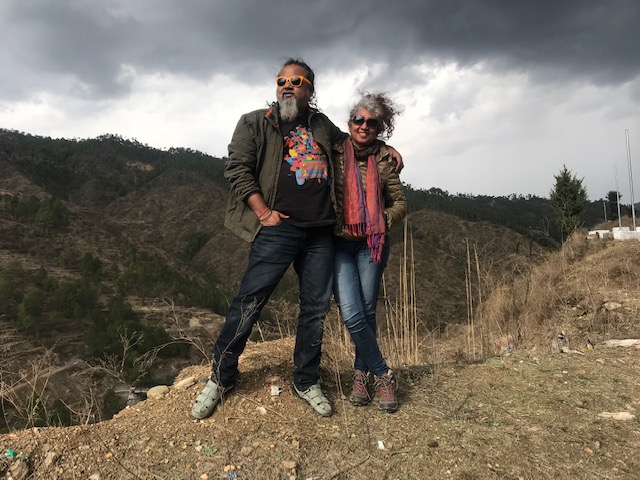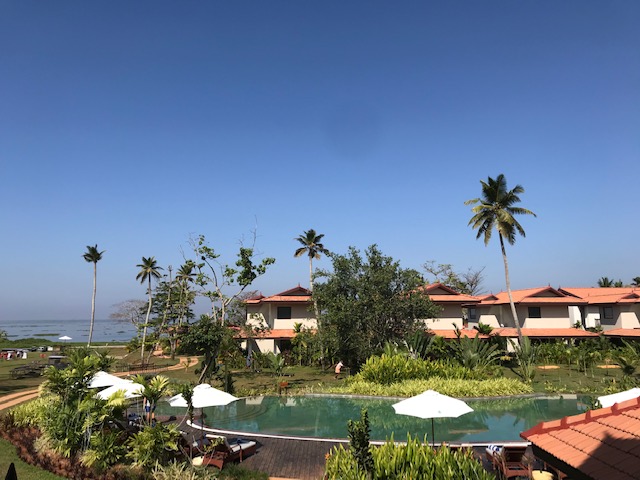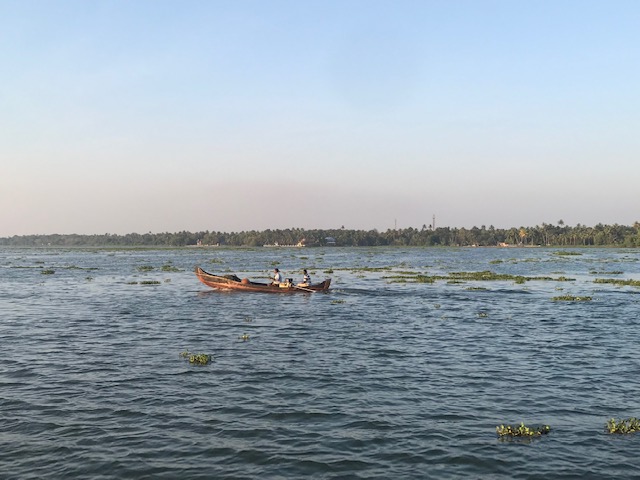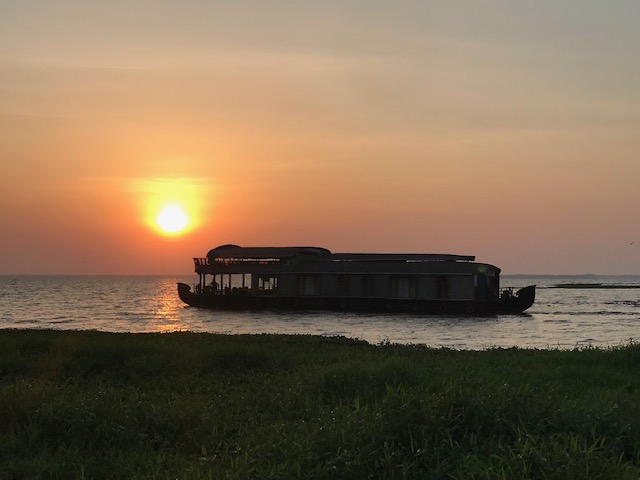For a Little Red Dot on the world map, Singapore’s achievements go well beyond its diminutive size. Anurag Mallick & Priya Ganapathy give you the definitive lowdown on what to do, where to stay and what to relish

When Sir Stamford Raffles first docked here in 1819, it seemed the perfect locale for a trading settlement – by the Singapore river, at the crossroads of the monsoon wind and a safe harbour where ships could sail with ease. The fair tides brought in trade, communities and cultures – from Chinese and Indian traders to Malay settlers, Dutch merchants, Arab dhows to Portuguese battleships. Singapore transformed from a sleepy fishing village to a multi-cultural city that never sleeps, constantly evolving and reinventing itself. 2019, the Singapore Bicentennial year, has a packed calendar. Explore its historic riverfront and charming neighbourhoods to uncover hidden gems, interesting sights and culinary trails…
The Merlion
Singapore’s mascot, the Merlion, personifies its history as an important seaport and is considered as a guardian of prosperity. A mythical creature with a lion’s head and fish body; the tail symbolizes the fishing village of Temasek, literally ‘sea-town’ in Javanese. The leonine head depicts the folklore of Prince Sang Nila Utama, a Srivijayan prince from Palembang who established ‘Singa-pura’, literally Lion City, after he came here in 1299 on a hunting trip and spotted a lion. The Merlion Park waterfront is the most visited while the 37m Sentosa Merlion is the tallest.
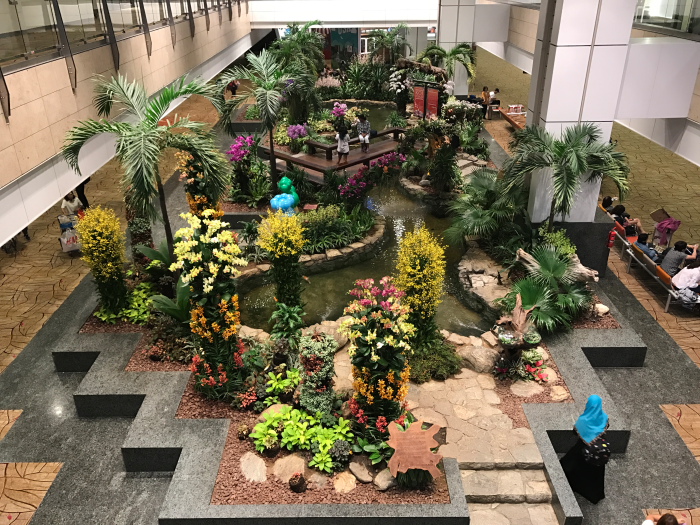
Changi: the world’s favourite airport since 2013
The global favourite for the seventh consecutive year, Changi Airport is packed with facilities for rest, recreation and retail. More than a transit point, it is a destination by itself! Each terminal has something unique – a Cactus Garden and The Social Tree in T1, Sunflower, Orchid and Enchanted Garden in T2 and a Butterfly Garden at T3. The 4-storey Slide@T3 is Singapore’s tallest slide and the world’s tallest slide inside an airport. The award-winning T4 has interactive displays and engaging art installations like Petalclouds besides great bargains at DFS (Duty Free Store). Passengers with a layover of at least 5½ hrs can avail a free 2½ hr guided bus tour of Singapore! https://in.changiairport.com
Getting there: Singapore Airlines flies direct from Bengaluru, Chennai and other cities (4 hrs) to Changi Airport. www.singaporeair.com
When to go: Singapore is a year-round destination packed with art, culture, sports and music events besides festivals – Chinese New Year (Jan-Feb), World Gourmet Summit (April-May), Ramadan/Hari Raya (June), Great Singapore Sale and Singapore Food Festival (July), Mid Autumn Lantern Festival (Sep), Singapore Grand Prix (13-22 Sep), Deepavali, Christmas and New Year.
10 essential Singapore experiences
Toss peanuts and Singapore Slings at the Long Bar
Singapore Sling, the iconic gin-based cocktail was crafted in 1915 at the Long Bar of Raffles Hotel by bartender Ngiam Tong Boon so ladies could drink in public without inhibition. Down one at the historic bar where it was invented and don’t forget to toss peanut shells while you’re at it – a colonial tradition; it’s the only place you won’t be penalized for littering in Singapore!
Take a 3D photo with artworks at National Gallery Singapore
Pose against a 3D rendition of ‘Drying Salted Fish’ by local artist Cheong Soo Pieng, a pioneer of the Nanyang style, a mix of western and Chinese techniques to depict South Asian themes. It also features on Singapore’s $50 bill! With 8,000 artworks across 6,90,000 sq ft, National Gallery is the largest museum in Singapore with the world’s biggest public collection of Southeast Asian art. Catch a free guided art/architecture tours (20 slots daily) in English from the Visitor Services Counter.
Ph +65 6271 7000 www.nationalgallery.sg
Timings 10am-7pm (till 10 pm on Fri/Sat) Entry S$20 adults, S$15 children
Check out one of Singapore’s oldest time capsules
The National Gallery is housed in the former Supreme Court and City Hall buildings, restored with an award-winning glass-metal façade. Under the foundation stone lies a time capsule with old papers and coins, to be opened in the year 3000! Explore the prison cells, Rotunda (round library) and the tablet in City Hall commemorating the Japanese surrender accepted by Admiral Lord Mountbatten on 12 Sep, 1945. View the cityscape and historic padang (ground) from the terrace deck.
See orchids named after SRK and Amitabh Bachchan
Founded in 1859, the Singapore Botanic Garden is the only tropical garden in the world that’s a UNESCO World Heritage Site. As per Singapore’s ‘orchid diplomacy’ many hybrids at the National Orchid Garden are named after visiting dignitaries, including Bollywood stars. Walk down flower-lined pathways dotted with sculptures and gargoyles, amidst rainforests, heritage trees, mist houses, lakes and a lovely restaurant Halia (literally ‘ginger’) overlooking the Ginger Garden. Try the signature Paperbag Fish! Volunteers conduct free tours on Saturday.
Ph +65 6475 5060, 1800 471 7300 www.nparks.gov.sg/SBG
Feed nectar to lorikeets at Jurong Bird Park
While at Asia’s largest bird park, catch the High Flyers Show where macaws and other winged wonders perform unusual tricks. At Lory Loft, colourful lorikeets hop all over you and scrap for a better perch to feed on honey and nectar. You’ll literally have them eating out of your hands!
Entry Adults S$27, Children S$18
https://www.wrs.com.sg/en/jurong-bird-park.html
Spot Canola, the manatee at Singapore River Safari
Spread over 69 acres, the zoo is Singapore’s top attraction with 1.7 million visitors annually. Most of the 315 species, including the endangered white rhino and world’s largest captive population of orangutans, are in a natural environment behind barriers, moats and glass houses. Ah Meng the orangutan who died in 2008, is the only non-human to have received the best tourism ambassador award by Singapore Tourism Board! Get a ParkHopper Plus 4-park admission with tram/boat rides and cover Jurong Bird Park, Singapore Zoo, the neighbouring River Safari – Asia’s only river-themed wildlife park, and the world’s first Night Safari.
www.wrs.com.sg/en/singapore-zoo.html
Entry 4-park pass S$80/person
Visit the southern most point in Continental Asia at Sentosa
At Sentosa’s Palawan Beach, a swaying rope bridge takes you to the southern most point in the Asian landmass – the equator is 136km south! For more adventure take on Battlestar Galactica and Transformers 4D adventure rides at Asia’s #1 theme park Universal Studios, the world’s largest collection of marine life at S.E.A. Aquarium, Skyline Luge – the first in South East Asia, obstacle courses at Mega Adventure, Segway rides, a 450m long zipline, indoor skydiving in the world’s first themed wind tunnel at i-Fly, wave riding at Wave House Sentosa, gaming at Resorts World and stunning views from the revolving Tiger Sky Tower. Free shuttles ply from one end of the island to the other.
Ph +65 6577 8888 www.rwsentosa.com
Timings 10am-7pm Entry S$74 adults, S$56 children, VIP Tour Unlimited Access S$298
Catch the free laser show at Gardens by the Bay
Every evening (7:45pm, 8:45pm) at Gardens by the Bay, the SuperTree Grove of up to 50 m tall vertical gardens light up in a dazzling laser display. The 15 min sound n’ light show is free to public. Enjoy the tropical rainforest inside Cloud Forest and see rare plants from across the world and flower displays inside the Flower Dome, the world’s largest glass greenhouse. Don’t miss the spectacular dry wood dragon, and dine at the lovely restaurant Pollen.
Try on an Indian cap at the India Heritage Centre
The revamped India Heritage Centre in Little India showcases the roots, culture and contribution of the Indian diaspora, chronicling migration between 1st-21st centuries. Equipped with a tab, get a dose of Augmented Reality through interactive panels and exhibits, including early ships that sailed to Singapore. Put on different traditional headgear to click a selfie and visit the Thieves Market (Singapore’s own ‘chor bazaar’) nearby.
Ph +65 6291 1601 www.indianheritage.org.sg
Timings 10am-7pm Monday closed Entry S$4
Ride on the largest observation wheel in Asia
A great perch to see the city by night, Singapore Flyer was the world’s tallest Ferris wheel at 165m until upstaged by the High Roller in Vegas in 2014. Reserve a pod for a private 3-course dinner and check out the 737-800 flight simulator. An immersive experience with real-size cockpits and aircraft controls, sit in the captain’s seat of the world’s most popular jet airliner and take-off and land at an airport of your choice.
Ph +65 6339 2737, 1800 737 0800 www.flightexperience.com.sg
Timings 10am-10pm Entry S$175
5 Offbeat Trails
Street of the Dead
Just opposite the towering Sacred Tooth Relic temple (don’t miss the tranquil terrace garden) in Chinatown is Sago Lane. Named after the sago flour mills in the area, it was later lined by ‘death houses’. Poor Chinese immigrants believed that dying in one’s home brought ill luck to surviving residents, so dorms sprung up with attached funeral parlours. Outlawed in 1961, today the lane sells funeral paraphernalia and Chinese medicine!
Explore Fort Siloso, Singapore’s only preserved coastal fort
A lift rises 36.3m high to a viewing deck and the 200m long walkway snakes above the canopy with stunning sea views, ending at gun placements and the WWII Surrender Chamber. Stay at the beach-facing Shangri-La’s Rasa Sentosa Resort and get a complimentary coupon!
Ph 1800 736 8672 www.sentosa.com.sg
Timings 10am-6pm Entry free, 90 min Guided Tour S$20 adults, S$14 children
Tiger Balm Tour
A guided walk of Haw-Par Villa tells the tale of two brothers who created the iconic ointment Tiger Balm! Initially the balm was white and considered not strong enough. Boon Haw noticed that the jar of ointment at home was stained red because his wife chewed betel; he re-launched it with a yellow pigment – and the rest is history! The villa’s gardens have sculptures depicting Chinese folk tales and moralistic lessons like the 10 Courts of Hell. Besides this ‘Journeys to Hell’ tour (Fri), try the colonial district walk (Mon) and ‘Red Clogs Down The Five Foot Way’ in Chinatown (Wed).
The Original Singapore Walks
Ph +65 6325 1631 www.journeys.com.sg
Timings 9:30am, 2:30pm Guided tour S$38 Adults, S$18 children
Peranakan Trail
Explore the stunning Peranakan houses of Chinese straits-born settlers at Koon Seng Road. Built between 1900-40 these row houses are an architectural wonder with beautiful facades, latticed windows and ornate Chinese motifs. Visit the Peranakan Museum and try Peranakan or ‘Baba Nyonya’ cuisine at Blue Ginger, Tanjong Pagar Road.
Say hello to Prince, Apollonia and Twinky at the Natural History Museum
The Lee Kong Chian Natural History Museum boasts 500,000 animal and plant specimens, including a Heritage Gallery with a bird taxidermist’s kit and other exhibits. The highlight – a 10.6m sperm whale ‘Jubi Lee’ that washed ashore in Singapore in 2015 and three dinosaurs from America. The dinosaur zone has a Light Show every half-hour all day.
Ph +65 6601 3333 nhmvisit@nus.edu.sg
Timings 10am-7pm Entry S$21 adults, S$13 children

Food & Drink
Rooftop bars, underground clubs, hip speakeasies, Michelin starred restaurants to hawker centres; Singapore is one of the most exciting F&B destinations in the world. Ann Siang Hill, once a nutmeg and mace plantation is now a buzzing nightspot crammed with rooftop bars like Oxwell & Co and critically acclaimed restaurants like Lolla. Dempsey Hill, the erstwhile British cantonment and soldiers’ barracks is repurposed into a swanky gourmet district with restaurants like PS Cafe and ChoPSuey dishing out steaks, pasta and wine. The old military base Gillman Barracks is today a contemporary arts cluster dotted with eateries. The 1841 Church of Infant Jesus was renovated into a plush entertainment quarter CHIJMES, renamed after the peal of church bells.
The 19th century Victorian era wet market Lau Pa Sat is a bustling street food centre, with stalls radiating from its central clock tower that was shipped from Glasgow. By evening, traffic on Boon Tat Street is closed as makeshift stalls churn out satays and seafood – black mussels, sting ray, crayfish, scallops, squid, octopus, oysters, prawns and baby kailan (Chinese broccoli). You pay the moment your order arrives! Try the local favourite Char Kway Teow, flat rice and egg noodles stir-fried with eggs, cockles, lap cheong (Chinese sausages), bean sprouts and Chinese chives.
Enjoy a 7-course degustation menu at Pollen inside the Flower Dome, a multi-course meal while sightseeing on the 34-seater Gourmet Bus and try sake with gourmet dessert! At Janice Wong’s 2am dessert bar in Holland village, the ‘Degustation menu’ pairs sake with showstopper desserts like Cacao Forest – Earl Grey bergamot chocolate mousse, fruits and ice-cream shrouded in cotton candy. Catch the drama of creme de cacao liqueur and vanilla whiskey being poured on the cotton candy forest as it disappears!
Top 10 food haunts
Singapore Chili Crab at Jumbo’s
Jumbo’s award-winning chili crab makes it hard to get a table at their hectic Riverside Point outlet or the original East Coast Seafood Centre where it all began. The stir-fried crab is coated with sweet, savoury and spicy tomato sauce, though the Signature Black Pepper Crab is also yum. Reserve in advance and be prepared to get messy.
Song Fa’s bak kut teh (pork rib soup)
From a tiny pushcart on Chinatown’s Johor Road in 1969, to a chain of restaurants, locals queue up for juicy pork ribs falling-off-the-bone and endless helpings of the peppery pork rib soup, served with white rice and garlic chili paste.
Tian Tian Hainanese Chicken Rice
The tiny stall at Maxwell Road Food Centre shot to fame after Gordon Ramsay lost a cook-off challenge. The silken rice, cooked in chicken broth, is served with chili-shallots-ginger-garlic condiment and sliced red chili in soya!
328 Katong Laksa
The Michelin star eatery dishes out the best laksa in town – a coconut based curry with yellow noodles, prawns, boiled egg, sambal, topped with fried onions and peanuts.
Curry puffs at Tanglin & Old Chang Kee/Curry Times
The golden fried crispy epok epok (curry puffs) come with a filling of potato, curry and chicken, sardines, tuna, crab or yam. Have a bite at the 1952 establishment Tanglin or Old Chang Kee/Curry Times.
Cantonese chicken rice at Boon Tong Kee
Established as a stall in Chinatown in 1979 serving Cantonese chicken rice infused with white sauce, their flagship restaurant was set up at Balestier Road in 1983 (with many to follow) offering zi char (home-style food).
Steamed pork dumplings at Din Tai Fung
This Michelin star awardee is ranked among the world’s Top 10 Best Restaurants by The New York Times and dishes out signature xiao long baos (steamed pork dumplings) with premium chili oil and sauce imported from Taiwan.
Kaya toast and kopi at Ya Kun/Killiney Kopitiam
Easily Singapore’s national breakfast dish, toasted bread is slathered with buttered and kaya jam – made of eggs, sugar, coconut milk and pandan leaves. Paired best with half-boiled eggs and hot kopi (coffee) or tea. Try the charcoal grilled version at the original Ya Kun shop or at Killiney Kopitiam – founded in 1919, the oldest Hainanese coffee shop in Singapore.
Bak kwa at Fragrance
The Chinese salty-sweet dried meat or pork jerky is available in regular or spicy versions, though Fragrance offers variants like bacon, turkey, red yeast, honey, pig-shaped Kurobuta (Berkshire pigs), and even a crocodile bak kwa!
Kueh and mooncakes at Bengawan Solo
Purveyors of traditional cakes, buns and cookies, Bengawan Solo offers treats such as Kueh Lapis (spiced layer cake), Kueh Lapis Sagu (rainbow layer cake) and Ondeh Ondeh (coconut-coated glutinous rice balls filled with molten palm sugar).
High-5ingapore: Top 5 bars
Operation Dagger
This underground bar in Ann Siang Hill is named after the 1950s cleanup drive of Chinatown to remove gangsters. Once you locate it (in a hidden basement with gang signs) – the 10,000 lightbulb bar décor is the dead giveaway – sample homemade tinctures, aromatic smoke, micro-herbs and south east Asian spices from their in-house ferment program, stirred into ‘dangerous drinking water’ (cocktails) like Caramelo Koala and Oyster Ice Cream!
Ah Sam Cold Drink Stall
Styled like a speakeasy at Boat Quay, try cocktails like Laksa & Beaded Slipper using Singaporean and Asian ingredients such as laksa leaves (savoury herb), gula melaka (palm sugar) and chendol (shaved ice with pandan jelly, red beans, coconut milk).
Bar Stories
In colourful Haji Lane with vibrant street art, try Miss Joaquim, a cocktail inspired by Singapore’s national flower, the Vanda Miss Joaquim, made from ingredients of Chinatown where the flower was first propagated.
Native
Ranked among the World’s Top 50 bars, Native on Amoy Street is award-winning bartender Vijay Mudaliar’s new offering, serving cocktails with locally foraged ingredients – jasmine blossom to turmeric leaves. Try Antz, a blend of Thai rum, aged sugarcane, tapioca and soursop topped with ants on a frozen basil leaf.
1-Altitude
Get high at the world’s highest alfresco bar, perched at 282m on the 61st to 63rd floors of One Raffles Place. Catch stunning aerial views of Marina Bay Sands and signature cocktails like Zen Breeze and Monster Caipirinha.
Special Places to Stay
Live it up while staying at the most iconic hotels from Chinatown to Downtown – be it old world luxury at heritage hotels to contemporary boutique properties with cutting edge design.
The Fullerton Hotel Singapore
The most prominent building on the waterfront, the 400-room hotel once served as the GPO (General Post Office) and hospital during WWII! Singapore’s 71st National monument, it was named after Robert Fullerton, the first Governor of the Straits Settlements (1826–1829). Enjoy complimentary heritage tours, free Merlion cocktails and a great outdoor infinity pool. Ph +65 6733 8388 www.fullertonhotels.com
Raffles Hotel
Opened in 1887 and declared a National Monument in 1987, the colonial era hotel comes with high ceilinged bedrooms, old-world furnishings and the Michelin-starred sushi restaurant Kanesaka besides the iconic Long Bar. The Raffles butlers and doormen are legendary and the hotel has its own resident historian!
Ph +65 6337 1886 www.raffles.com
Sofitel So Singapore
Located in the former telecommunications building in CBD, the décor blends French design sensibility with chic Singaporean influences. Have a drink at the terrace bar 1927 and unique monthly set lunch menus at Xperience, curated by culinary designer Simone Fraternali. Ph +65 6701 6800 www.sofitel-so-singapore.com
Oasia Hotel Downtown
Great location in the CBD with a vertical green garden theme, it has two stunning rooftop pools and sky terrace with lawn and 24-hr gym. The Marmalade Pantry serves bistro cuisine with over 100 types of gin at the hip Cin Cin bar. Thian Hock Keng Temple, Chinatown Heritage Center and Mariamman Temple are walking distance.
Ph +65 6664 0333 www.stayfareast.com
Shangri-La’s Rasa Sentosa Resort
Singapore’s only beachfront resort at the western end of Sentosa, it overlooks Siloso Beach and is walking distance from the Fort Siloso walkway. Rooms with balconies offer stunning ocean views and a choice of 6 restaurants and bars.
Ph +65 6275 0100 www.shangri-la.com
Marina Bay Sands Hotel
Singapore’s most luxe hotel with the world’s largest rooftop pool overlooking the city skyline, an observation deck and award winning restaurants at the SkyPark. All rooms and suites come with floor-to-ceiling windows; it’s close to the ArtScience Museum.
Ph +65 6688 8888 www.marinabaysands.com
Ann Siang House
The erstwhile Club Hotel, located in a 1920’s shophouse, is now revamped into a 20-room boutique property with electric blue facade and gold windows. The perfect base to explore Chinatown and the Ann Siang Hill nightlife, sleep on Hypnos “Firenze”, the comfiest bed in the world and try ‘The Other Mimosa’ at The Other Roof bar.
Ph +65 6202 9377 www.8mcollective.com/annsianghouse
Crowne Plaza Changi
Named the ‘world’s best airport hotel’, it overlooks the runway with planes taxiing by and a soft bed for a perfect night’s sleep; the toughened glass blocks out the roar of engines! Enjoy all-day dining at Azur and Chinese with a modern twist at Crystal Jade Pavilion. Ph +65 6823 5300 www.ihg.com
Andaz Singapore
A 5-star upscale design hotel by Hyatt, it overlooks Marina Bay and is perfectly positioned to explore the hip districts of Kampong Glam and Bras Basah Bugis. The rooftop infinity pool on the 25th floor is stunning. Ph +65 6408 1234 www.hyatt.com
Vagabond Hotel
Arty and opulent 5-star hotel in the Central Heritage district with French touches by Jacques Garcia. The boutique hotel has vibrant floral motifs, velvet interiors, eclectic works of art and The Whiskey Library, ‘one of the world’s great whiskey bars’.
Ph +65 6291 6677 www.hotelvagabondsingapore.com
For more info, visit www.yoursingapore.com
Authors: Anurag Mallick & Priya Ganapathy. This article appeared in the October, 2019 issue of Travel + Leisure India magazine.
